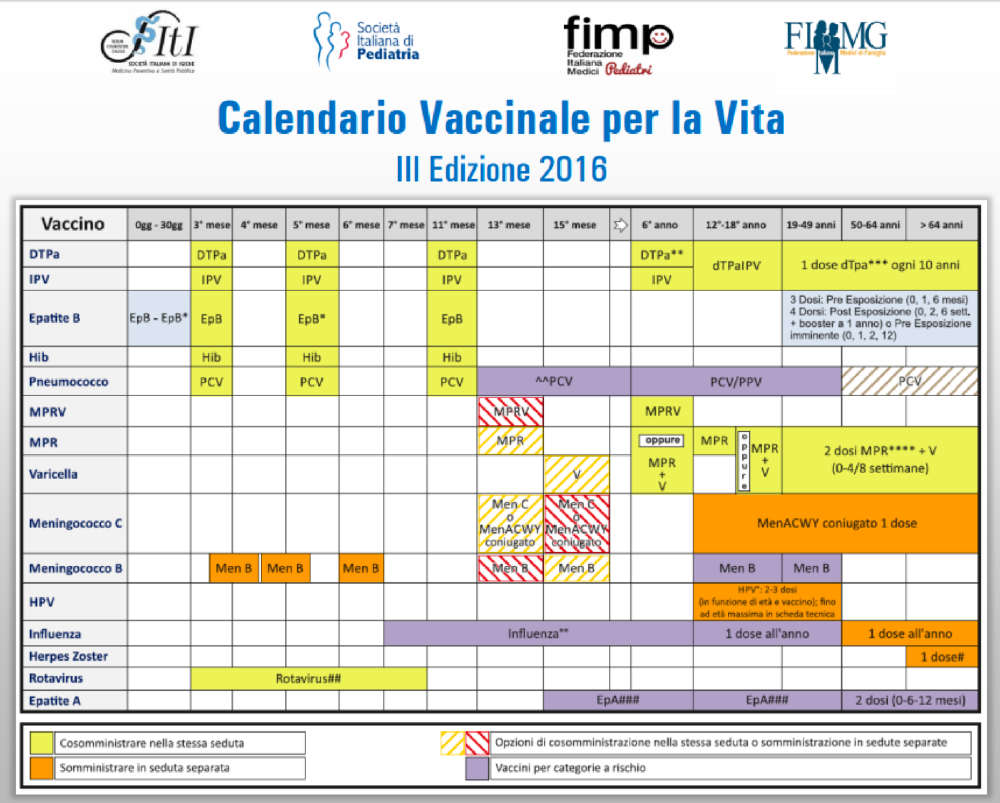Italy’s scientific societies and physicians’ associations have a long and rich history. As respected organisations representing academics, researchers and health professionals, they are well-placed to influence matters of public health policy. Together, four leading societies have played a central role in developing the evidence base that underpins Italy’s vaccine calendar – as well as becoming leading voices in the public dialogue on immunisation:
- Italian Society of Hygiene, Preventative Medicine and Public Health – Società Italiana di Igiene, Medicina Preventiva e Sanità Pubblica (SItI)1
- Italian Society of Pediatrics – Società Italiana di Pediatria (SIP)2
- Italian Federation of Paediatricians – Federazione Italiana Medici Pediatri (FIMP)3
- Italian Federation of General Practitioners – Federazione Italiana Medici di Medicina Generale (FIMMG)4
Prior to 2010, the societies had been working separately on public health issues before beginning a major collaboration that would result in the first edition of the Calendar for Life (Calendario per la Vita) in 2012. “In 2010, we began working on a vaccination calendar for older people,” says Professor Carlo Signorelli, past-President of the SItI. “This was the first time we had gone beyond children. It was decided that we should work with GPs and paediatricians in order to have greater expertise and vaccination experience – and to give our work more power.”
The 2012 Calendar for Life featured evidence-based recommendations for vaccinations at various life stages. It was one of the most progressive documents of its kind, advocating universal rotavirus vaccination for children, HPV vaccination for boys and girls, and the introduction of MMRV vaccines. It focused not only on children and older people but on other age cohorts such as adolescents and pregnant women.
The Calendar for Life was published in scientific journals and was an important evidence-base on which to build the official National Immunization Plan (NIP). By bringing together a broad coalition of expertise, the four societies multiplied their impact. A number of regions drew on the 2012 Calendar for Life to supplement the recommendations of the National Immunisation Plan 2012-2014. “We created a critical mass of 50,000 professionals that agreed on a shared vaccination calendar,” says Professor Paolo Bonanni, a leading author of the Calendar and past member of the National Vaccination Commission of the Italian Ministry of Health. “The Calendar, which was updated in 20145 and 20166, became instrumental in introducing a new paradigm for vaccination throughout Italy.”





